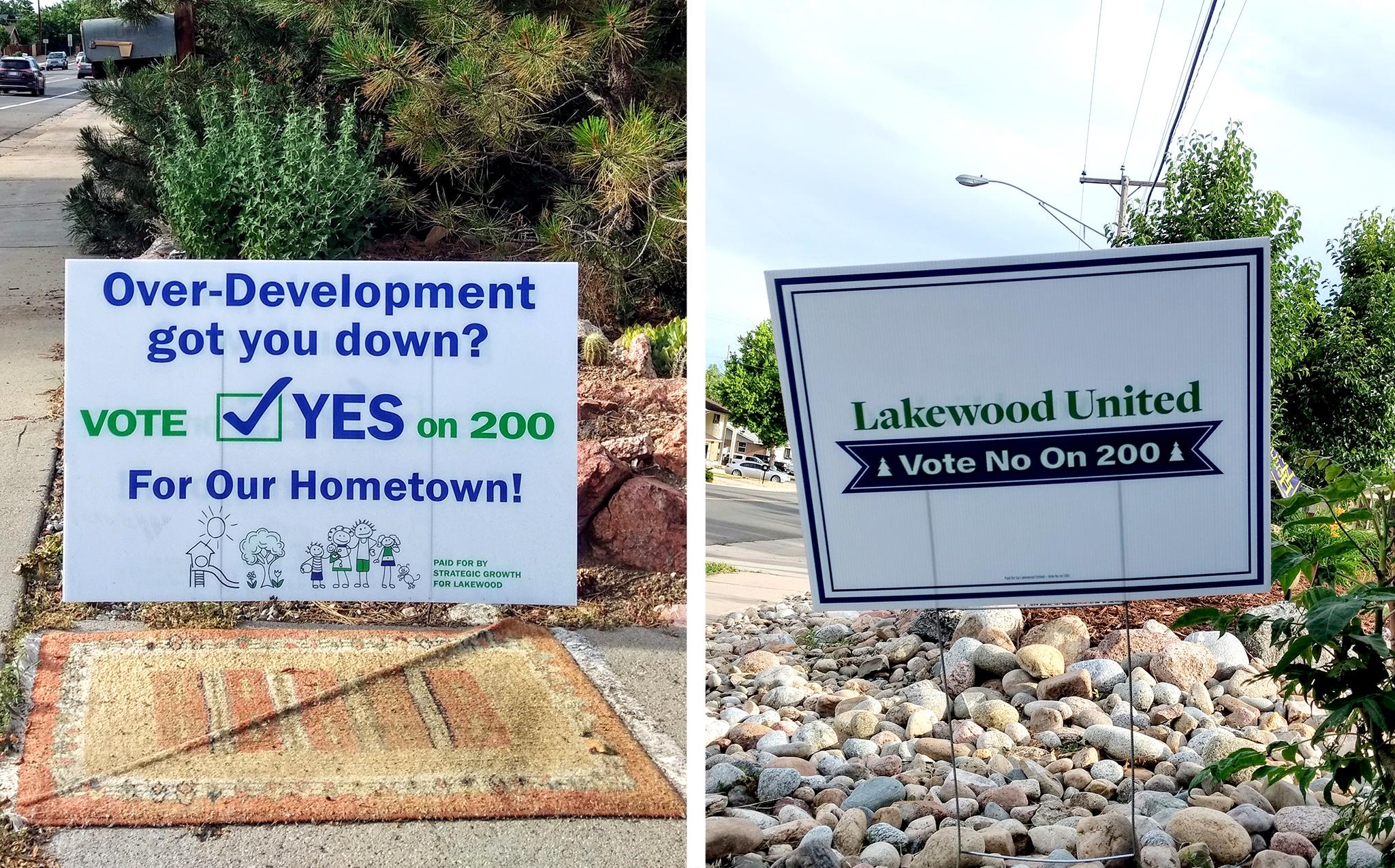Proponents of the Colorado Limits on Housing Growth proposal argue roads and other infrastructure can't keep up with the pace of development and that quality of life is suffering as a result. They are circulating petitions to get Initiative 122 on the November ballot.
Opponent Ted Leighty, chief executive officer of the Colorado Association of Home Builders, said Thursday during a panel discussion in Denver about affordable housing that fellow naysayers should engage with signature gatherers, in part to raise awareness for their side.
Plus, "the more you talk to them, the fewer signatures they're going to get," he said.
Leighty was half joking. He is mostly concerned that limiting development of residential housing will increase prices if the laws of supply and demand hold. The first iteration of the proposed ballot language set a growth limit of 1 percent of current housing supplies in the cities and counties of Denver and Broomfield and throughout Adams, Arapahoe, Boulder, Douglas, Elbert, El Paso, Jefferson, Larimer and Weld counties. The proposal was later amended to allow for .3 percent more growth, with half of that for homes for people who are at least 60 years old and the rest for housing priced at least 30 percent lower than the average in a given community.
Daniel Hayes, who helped Golden institute growth limits in the '90s, proposed a multi-county growth-limit initiative in 2018, but the idea did not make the ballot. This year's push comes after voters in Lakewood, which is in Jefferson County, approved a 1 percent cap on housing construction in a special election last summer. Boulder has longstanding curbs on growth.
In a telephone interview Thursday, Hayes said he expected to gather the 124,632 signatures he needs by his June deadline.
"My question is, 'Why should Colorado be growing like a weed, ruining our quality of life?'" Hayes said.
He said he believed that if growth was capped at 1 percent annually, communities would be able to raise enough property and sales taxes to pay for schools, roads and other infrastructure; that employers would be attracted by what he described as steady growth; and that wages could even increase because workers would be at a premium. And if his predictions are wrong, he noted that the measure would expire after two years.
Leighty was joined in criticizing Hayes's proposal by fellow panelists Alison George, director of the state Division of Housing; Karen Kallenberg, executive director of Habitat for Humanity Colorado; and Elizabeth Peetz, vice president of government affairs for the Colorado Association of Realtors. Peetz's industry group organized Thursday's discussion on affordable housing during its annual conference on economic issues.
The panelists laid out the increasing costs of land, materials and labor along the Front Range, and said zoning and regulations made housing for families at various income levels hard to find. George said limiting growth would drive up costs.
Kallenberg, whose nonprofit relies on government and private grants and volunteers to build housing below market rates, said anti-growth sentiment was "something that we're really watching."
Peetz said the concerns about traffic and other infrastructure problems that voters often cite when they decry growth can't be discussed without addressing the Taxpayer Bill of Rights, or TABOR, and and the Gallagher Amendment. TABOR, passed in 1992, prohibits any tax increase in Colorado without a vote of the people. Gallagher, passed in 1982, keeps property taxes down statewide.
"It's not the housing that's causing the traffic," Peetz said. "It's the regulatory barriers that are preventing our governments from funding what communities need."













